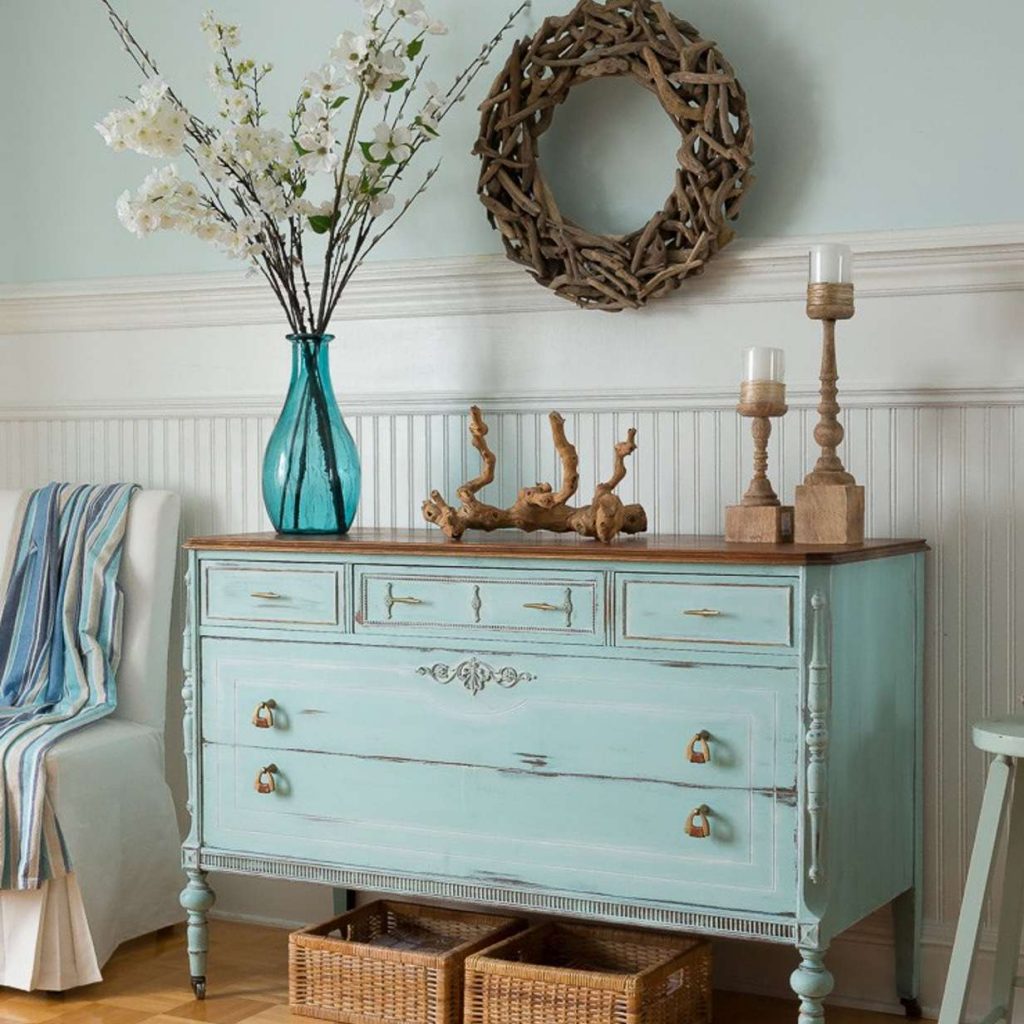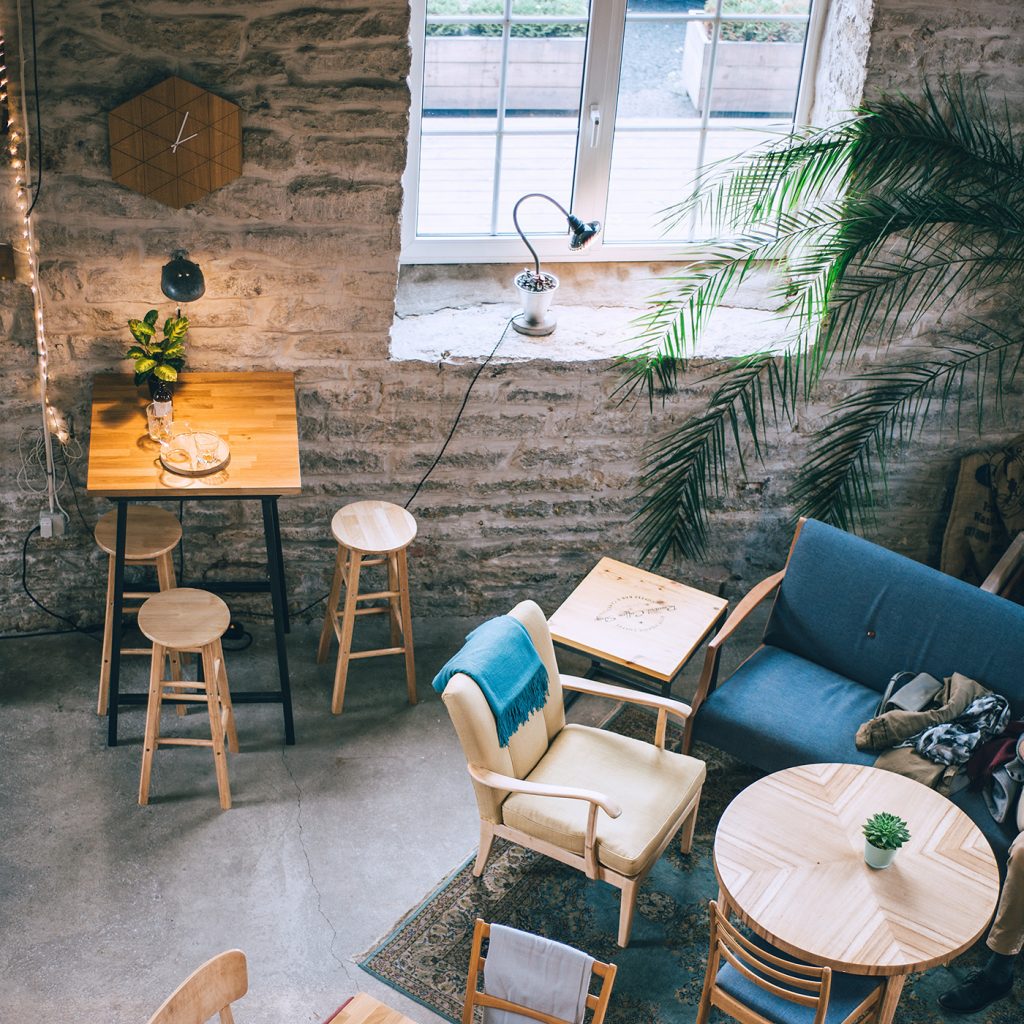Keys to sustainable and healthy Interior spaces include waste reduction, energy efficiency, longevity, flexibility, organic materials, etc. Sustainability in Interior Design is becoming more and more relevant each day; more people and governments across the world are becoming aware of the current ecological state of our planet. These key methods significantly reduce the environmental impact of interior spaces, and also make them a healthier living area for humans.
Waste Reduction
Waste Reduction techniques include reusing, repurposing and recycling things. The earth’s resources are precious and limited, therefore it is integral that a sustainable interior space doesn’t create unnecessary waste by exploiting them. The mentality of replacing things as soon as trends change is becoming less justifiable. Interior designers can use repurposed or completely recyclable materials like glass in their projects. Vintage furniture is a great sustainable option for some spaces. Creative up-cycling of furniture that is still functional is also a sustainable option. Another way for Interior designers to divert waste from landfills is opting for synthetic materials made from recycled waste. With this approach, the raw materials are obtained from existing things instead of the limited natural resources,.

Energy Efficiency
Energy consumption is one of the biggest contributors of climate change. Buildings are big energy consumers, which contributes to greenhouse gas emissions. Interior designers can significantly reduce the energy consumption of a building by reducing the amount of energy needed for heating, lighting, running appliances, etc.
Renewable and non-carbon based energy is a good sustainable option. Renewable energy sources can be used to generate energy for the building. These include sunlight, wind, rainwater, etc. When a building produces more or as much energy as it uses, it obtains a net zero effect of energy consumption.
Furnishing choices such as carpets, shades and curtains can help retain heat, or keep out excessive sunlight, which leads to energy saving. Carpets are great thermal insulators, and sometimes even provide psychological warmth to the room’s user. Opting for lighter colours, reflective surfaces etc. also reduces the energy consumed for artificial lighting. Installing “green gadgets” reduces the energy consumption and is more economical for the building’s occupants. These gadgets include smart thermostats, LED lighting, energy management systems, etc.
Organic, Non-Polluting and Socially Responsible Materials
It is a very important key point to pick products and materials that have low environmental impact. Interior designers should understand and evaluate the complete environmental impact of a product throughout its lifecycle. The lifecycle includes extraction, production, transport, processing, as well as how the product can be discarded or recycled.
Some easily available choices are organic materials such as wood, natural stone, fabric sourced from organic yarn, etc. It is crucial to make sure that these materials are fully recyclable and ethically produced. Fast-growing bamboo is a good renewable option. An FSC label ensures that the wood used in a product is sustainably grown.

Social responsibility is an important part of sustainable choices. Interior designers can make sure that if the raw materials are organic, the production process should also not cause pollution. The production should not be done by exploiting labour. Materials such as leather should be carefully chosen and should not be a result of animal cruelty, recycled leather is a good option. Various vegan leather options such Banantex (banana leather) and Pinatex (pineapple leather) are also available to Interior designers.
Longevity, Flexibility and Effective use of Space
Sustainable interior spaces are designed to last, so that they don’t need to be renovated every few years. This can be done by choosing simple, functional, sturdy products and timeless styles over trendy ones. Interior designers should also consider the lifespan of the raw materials. Apart from longevity, a sustainable space should also be flexible in case the owner wants to change it. Flexibility can be achieved by avoiding things like fixed furniture. When individual elements of a space can be changed and moved around, it eliminates the need for a full renovation. Some examples include replaceable and movable walls, mobile furniture and easily replaceable tiles.
Sustainable and healthy interior spaces are the present and future of buildings. These are beneficial for human beings as well as the planet. These interior spaces do not harm the environment and improve the mental as well as physical well being of their users.





